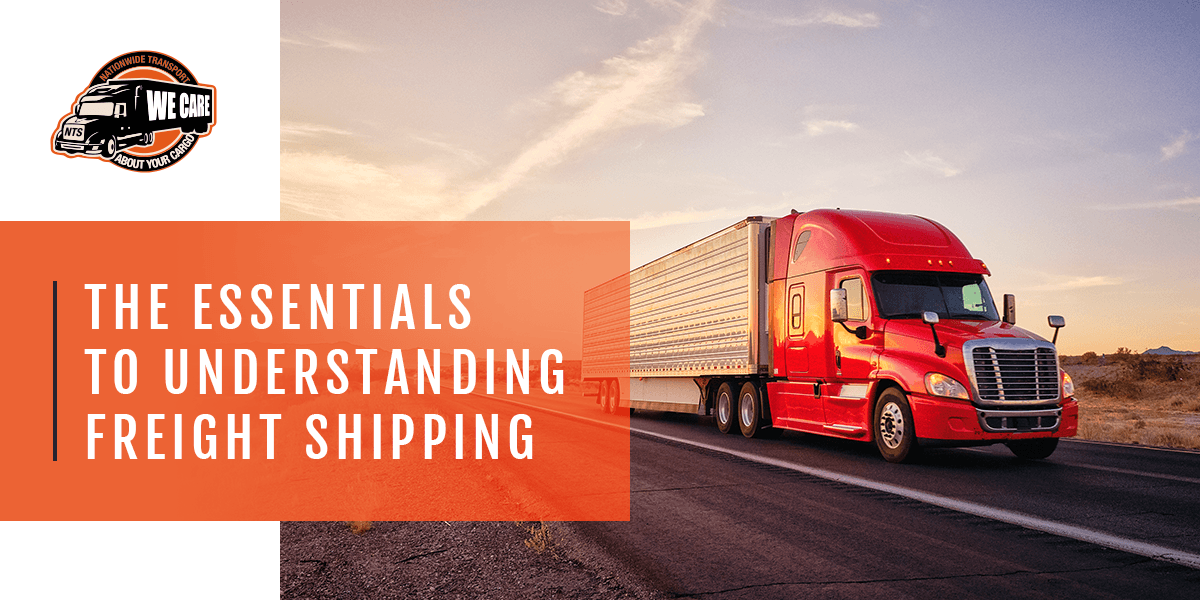Master Bill of Lading
Logistics Term
What’s A Master Bill of Lading?
A Master Bill of Lading is contract evidence of carriage between the carrier and the shipper. It typically comes from the carrier, the operator, or the ship's owner. However, the cargo shipper only gets the Master Bill of Lading if they relate directly with a freight forwarder or the mainline carrier. Nevertheless, it's one of the essential documents required in maritime transportation. It carries the carrier's signature confirming that the cargo is in place, and then it's released to the party responsible for the booking.
Who Needs a Master Bill of Lading
It is essential to distinguish the Master Bill of Lading from the House Bill of Lading. Their main difference is that the HBL comes from an NVOCC or a freight forwarder carrying the actual shipper and consignee while the MBL comes from the carrier. In addition, the consignee, shipper, and notify party also differ between the two. However, there is a similarity in the number of containers, weight, seal numbers, and measurements between the two documents. Therefore, a Master Bill of Lading will help avoid revenue disruptions if it's accurate and complete.

or